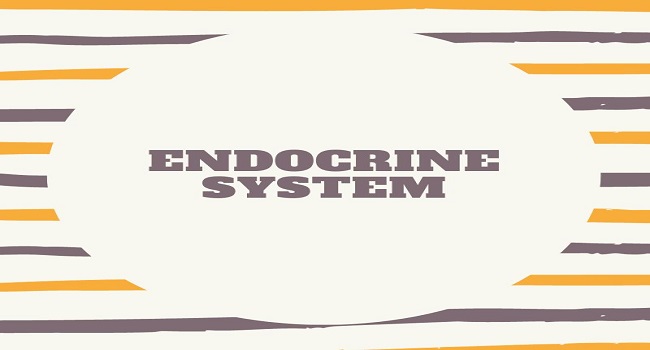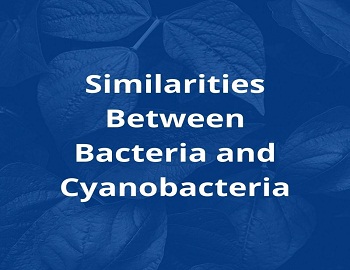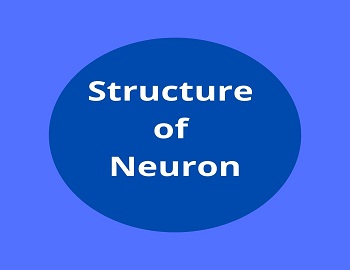Endocrine System:
The internal environment of the animal body is maintained in a steady state by the autonomic nervous system and the endocrine system. The endocrine system brings about chemical coordination by complex organic compounds called hormones.
In man and other higher vertebrates, three types of glands are found. These are:
(1) Exocrine Glands- These have ducts to discharge their secretions into the body surface or the cavities in the body. Sebaceous glands in the skin, salivary glands in the buccal cavity, gastric glands in the stomach wall, liver, etc., are examples of exocrine glands.
(2) Endocrine Glands- These lack definite ducts for the transportation of their secretion but pour them directly into the blood. Therefore, these glands are called ductless glands or endocrine glands (glands of internal secretion). Their secretions are called hormones.
(3) Heterocrine Glands- These are mixed types of glands consisting of mixed tissues. For example- pancreas and gonads. One of their tissues is exocrine in nature and secretes a juice, e.g. the pancreatic juice, or forms some cells, e.g. sperm and ova, which pass through specific ducts. The rest of the organ is made up of endocrine tissue, e.g., insulin from the pancreas and testosterone from the testes directly into the blood.
The study of endocrine glands and the role of their secretions is called endocrinology and a person who specializes in endocrinology is called an endocrinologist.









Comments (No)